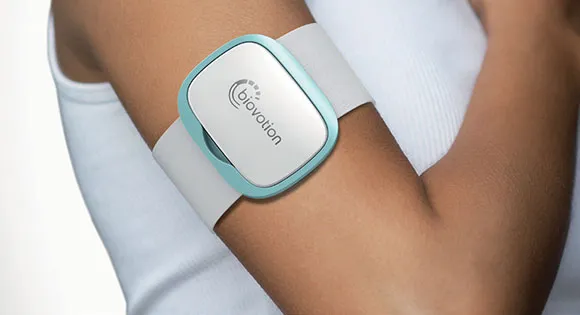Perspective
Laryngoscope - reducing medical waste | Design Sprint 5
Disposable mentality in the medical sector
Our fifth mastermind project deals with a highly topical problem. The world is full of it and the remains are highly harmful to the environment and all living creatures: Plastic waste. Savio Mathew Mukachirayil dealt with this problem during his internship at WILDDESIGN in Gelsenkirchen - because there is also a need for improvement in the medical industry in this regard. Use it once and then throw it in the bin...
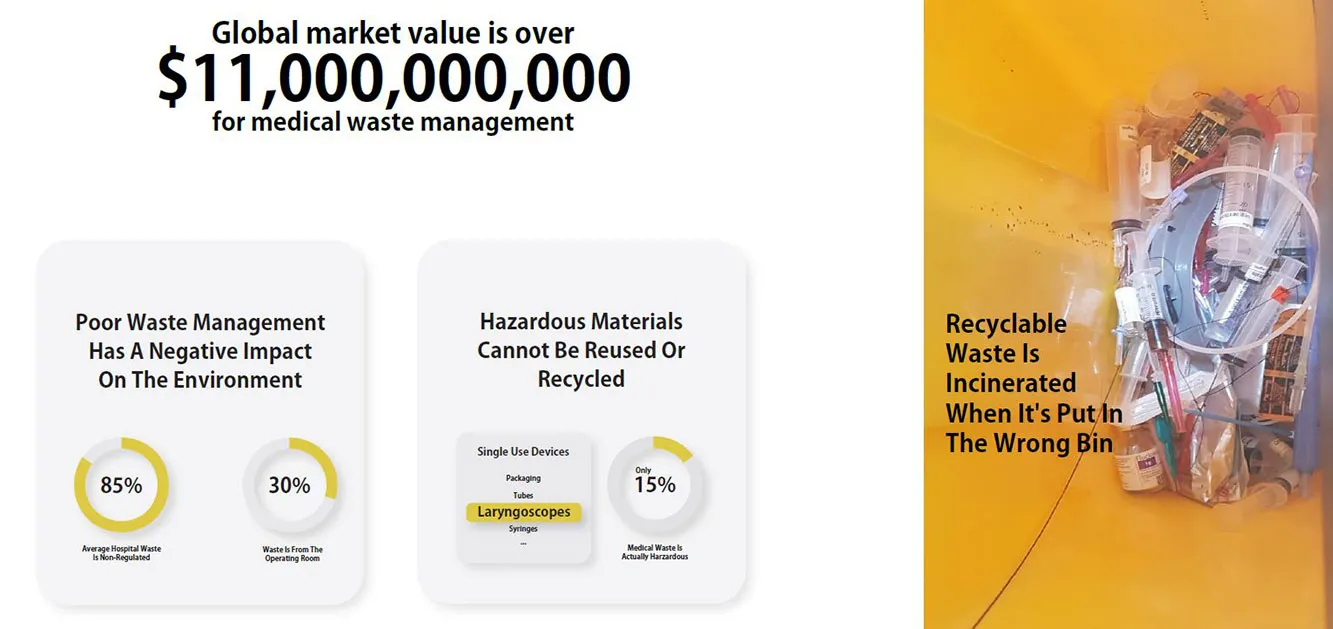
Savio has chosen a disposable instrument that, in his own experience, is not disposed of in the best possible way: the laryngoscope. With his project, he offers us an approach to medical design that is also dedicated to the environment.
Laryngoscope - what is it?
Laryngoscopes are used in various situations - for example in ENT or in emergency situations. Savio's idea relates to laryngoscopes for intubation in the operating theater. They have a handle with a battery and an attachable spatula, which is available in different sizes. A light source on the device illuminates the larynx so that an intubation tube can be inserted.
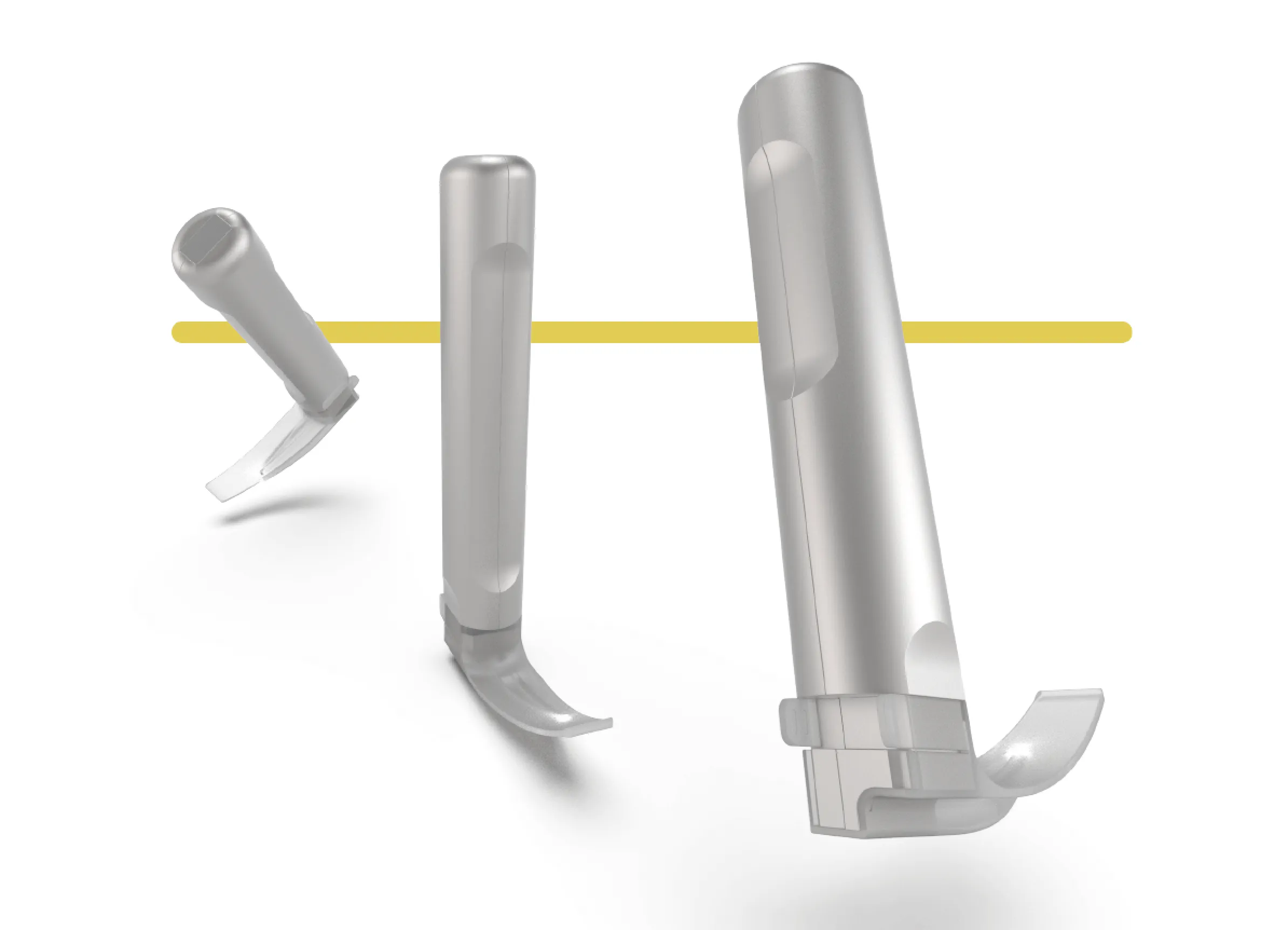
Savio's innovation process
Savio took a look at the normal usage process. He discovered the following: the spatula and handle, including the battery, are supplied in separate plastic packaging. When the parts are plugged together, an LED light is activated. After intubation, the blade, handle and battery are disposed of. The battery is not used again so that it does not discharge during a treatment. Savio then examined the interests of doctors and patients - in relation to intubation - and the regulations in hospitals. It is important for doctors to work in a sterile and safe environment. They must take care not to injure patients. Health-promoting and efficient processes are essential for hospitals.

Successful, safe treatment and quick recovery are the main priorities for patients. From this, Savio has drawn potential for improvement and formulated his goal: to create a laryngoscope that allows doctors to operate comfortably while reducing plastic in incinerator waste.
He developed three detailed concepts with different focuses and pursued one of them through to the final design.
A lot of sketches for 3 concepts
Savio created sketches and prototypes for all concepts, drew their usage processes and carried out material research. He then focused on one of the concepts, whose user journey is structured as follows:
- The spatula and handle are still supplied in different packaging. The spatula is new, but the handle has been cleaned and the light source has been recharged after the last procedure.
- The open handle is placed in the charging station of the light source and pulled up again, releasing the light source from the charging station.
- The handle now encloses the light and is closed.
- The PLA spatula is attached to the handle.
- Intubation of the patient.
- The laryngoscope is removed from the oral cavity without removing the intubation tube.
- Remove the spatula from the handle and dispose of it.
- The handle is opened and pressed back into the charging station, releasing and charging the light source.
- The handle is reprocessed in the central sterile supply department.
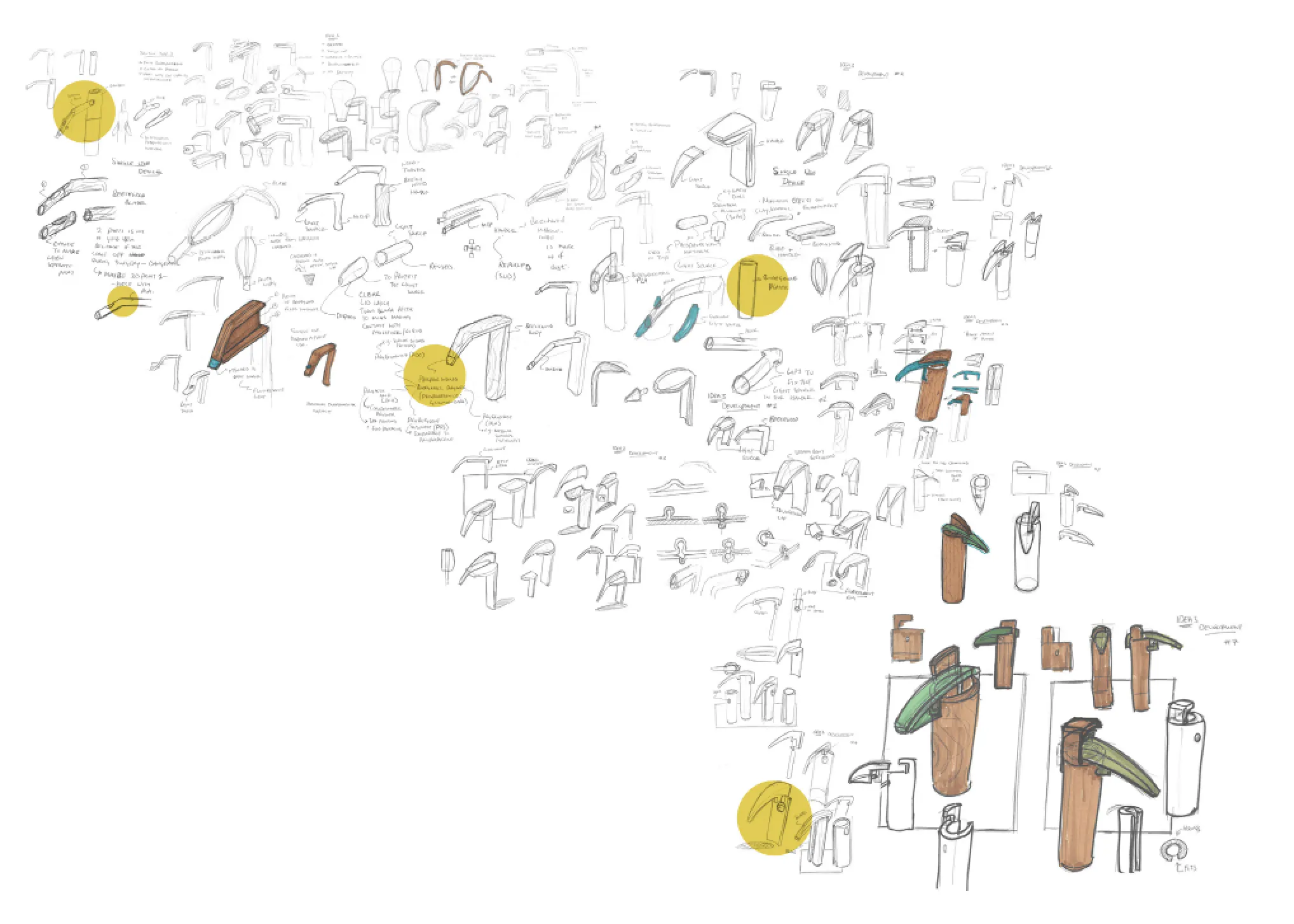
For the final concept, Savio tested the shape of the handle and the ergonomics. He compared the handle with various handles and devices, e.g. a cordless screwdriver - here, too, the device should sit comfortably in the hand and not slip. During intubation, the laryngoscope is held in different positions. The position of the elbow and wrist therefore varies.
An ergonomic handle with the correct weight balance was therefore essential for the design. The result is easy handling for the doctor. To ensure that the handle can also be easily controlled from higher positions, the weight is shifted to the lower end of the handle. Savio made drawings of possible shapes and built handle models to test the ergonomics. He opted for an elliptical shape that fits comfortably in the hand and does not restrict doctors' movements.

The environmentally friendly solution
The laryngoscope is made up of various components and materials: The stainless steel handle is easy to clean and can be reprocessed for repeated use. Although the PLA blade is disposed of after use for hygiene reasons, the material is biodegradable. Another advantage: the light source and power supply are encapsulated in the handle and can be reused. The LED light is directed through the transparent spatula to the tip and can thus illuminate the trachea. All parts of the device are assembled seamlessly.

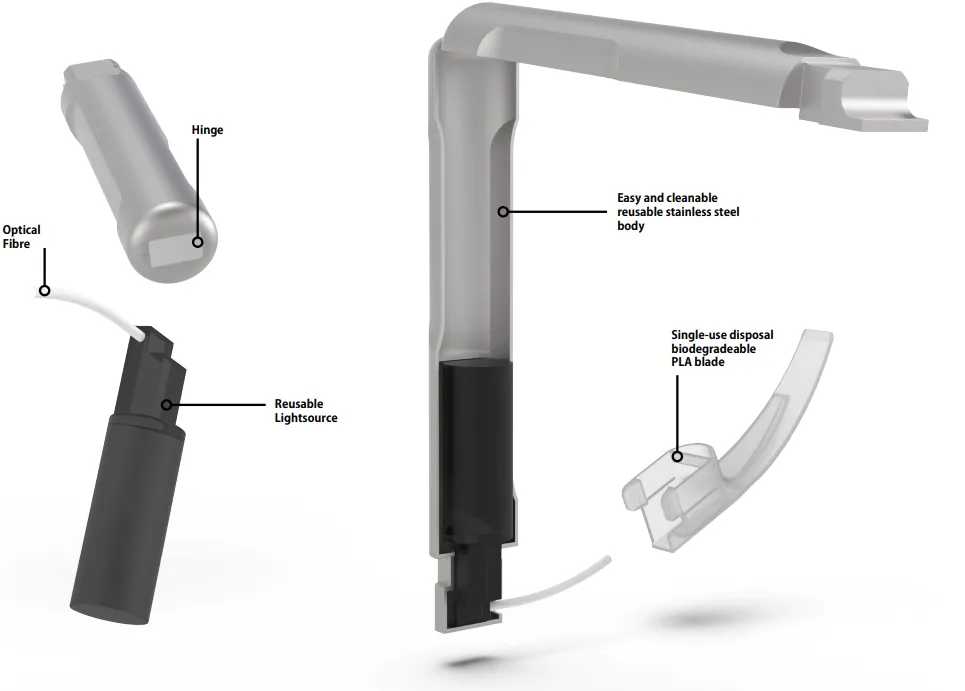
Patient and doctor wishes are also taken into account: The soft edges of the blade reduce the risk of injury to the throat. A soft edge ensures easy guidance of the intubation tube and flexible working is possible thanks to the ergonomic handle.
Savio's approach for a currently typical disposable product therefore tackles the plastic and waste problem by providing a new division into single-use and multiple-use components. At the same time, it takes into account the comfort of patients and doctors. Thank you for this inspiring design!
If you like this concept or individual aspects of it, or if you think we should work on it further, please just let us know. We look forward to your feedback at vordenker-projekte@wilddesign.de
Frequently asked questions




